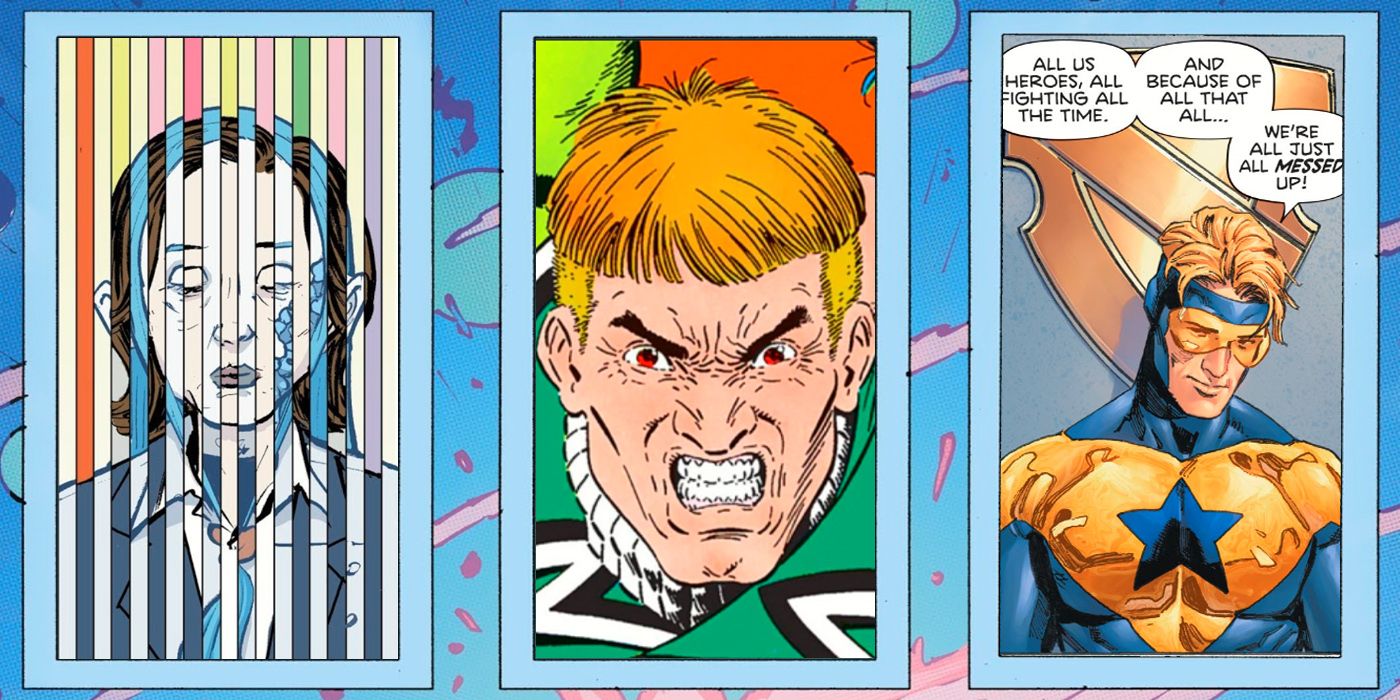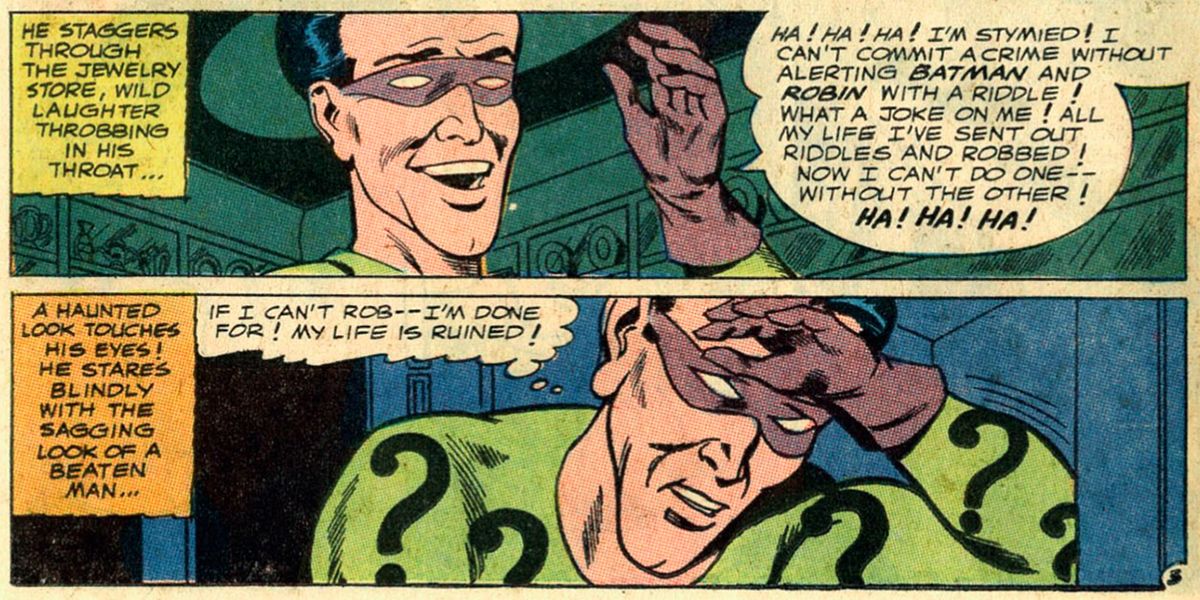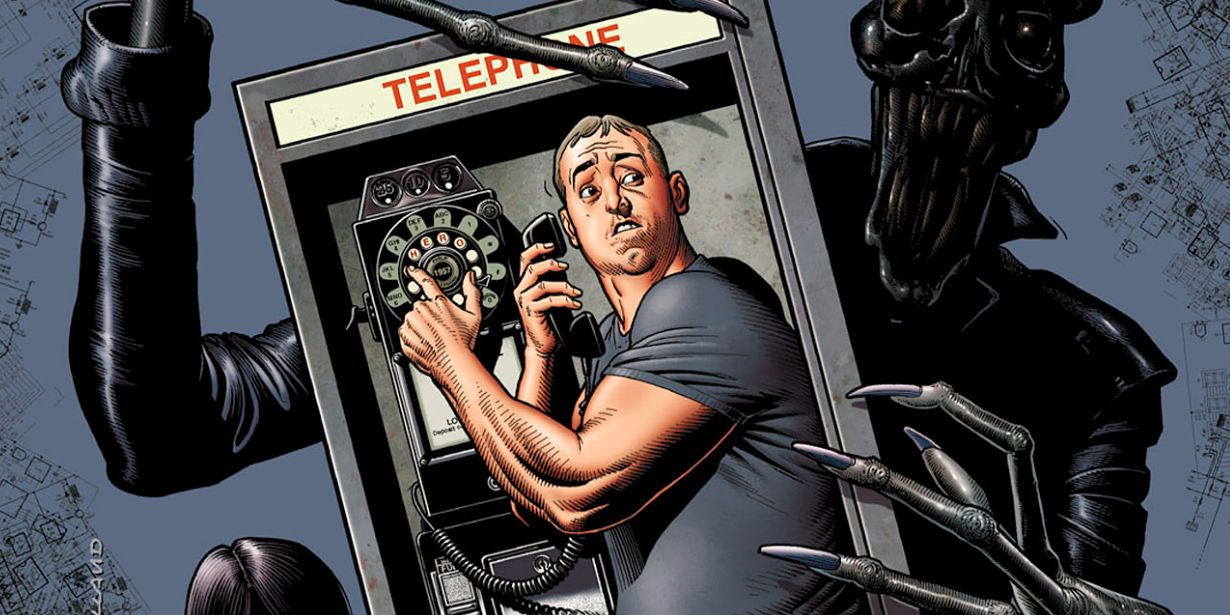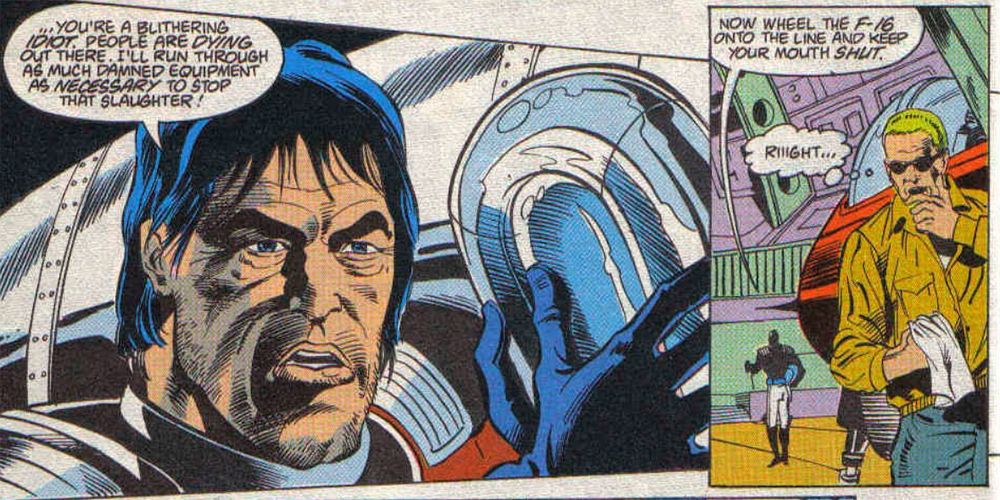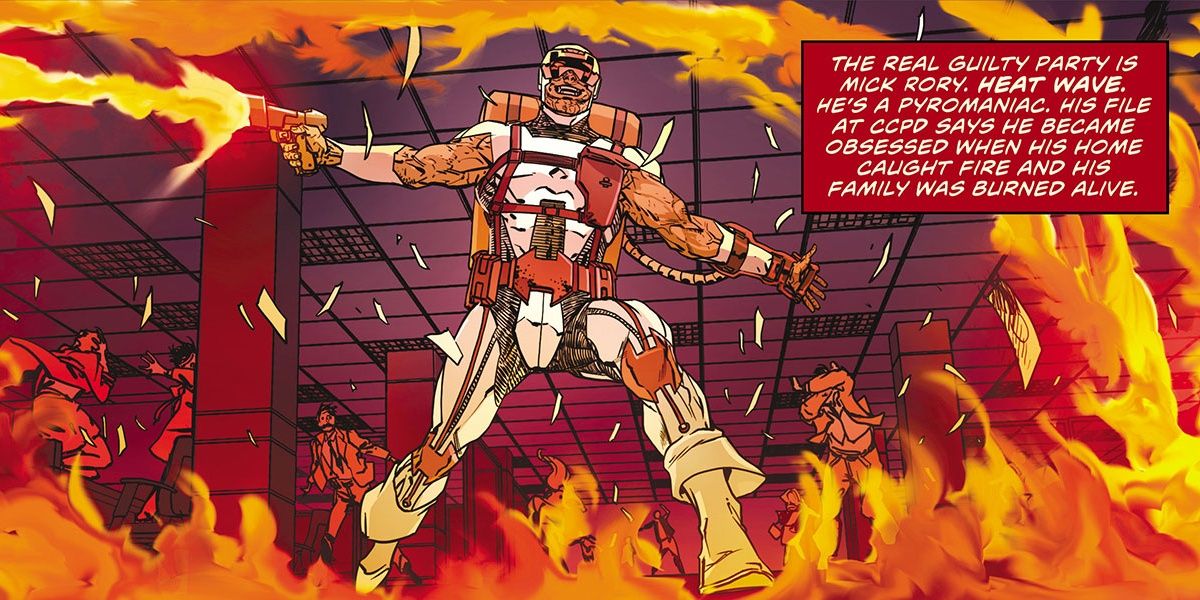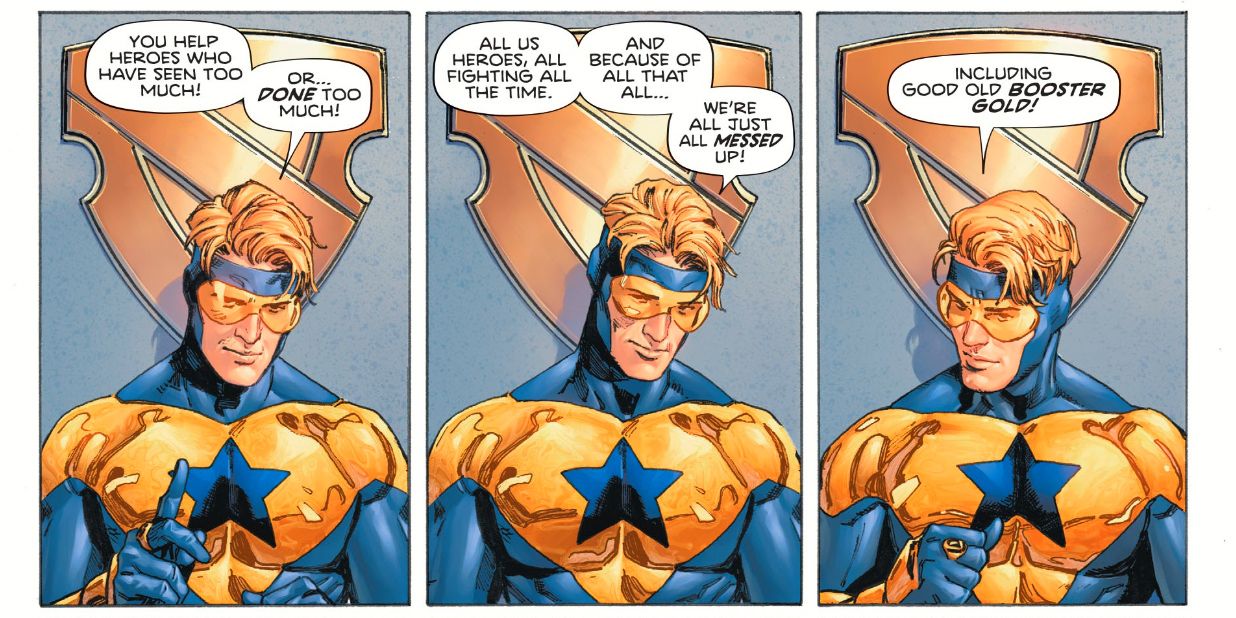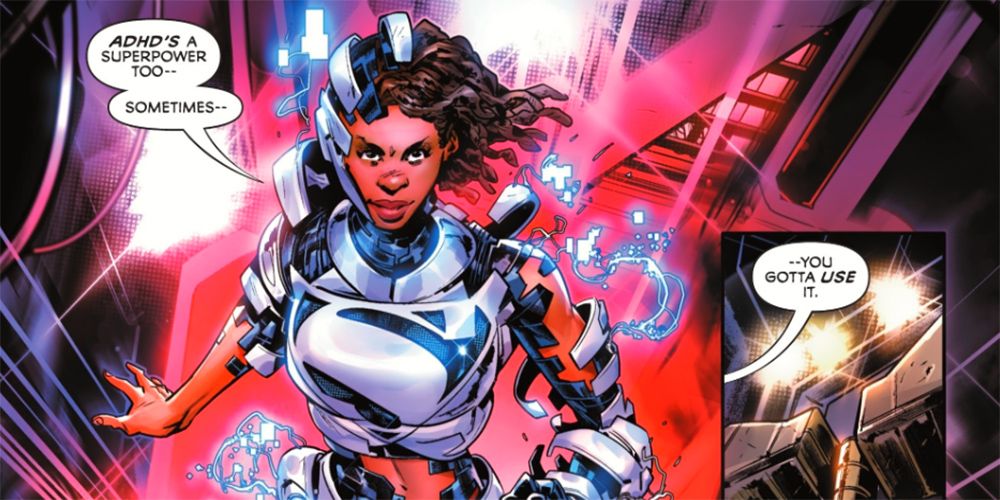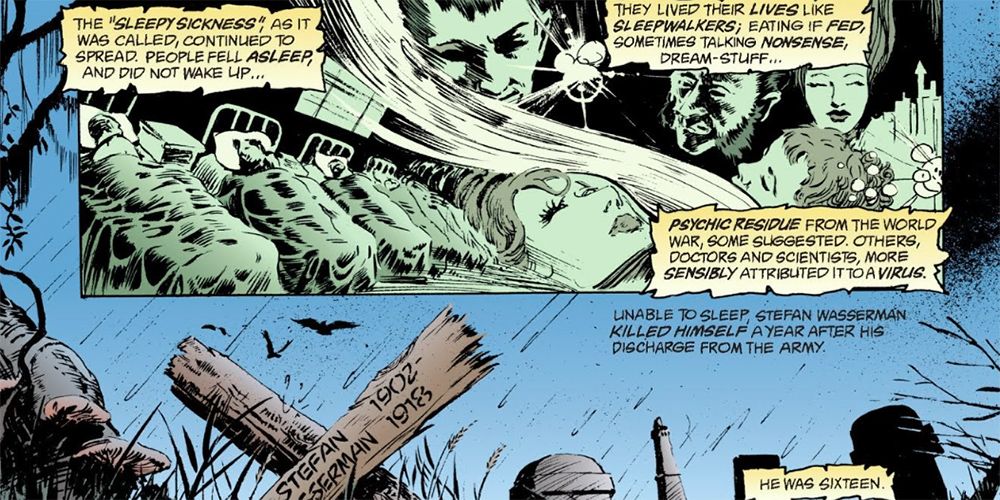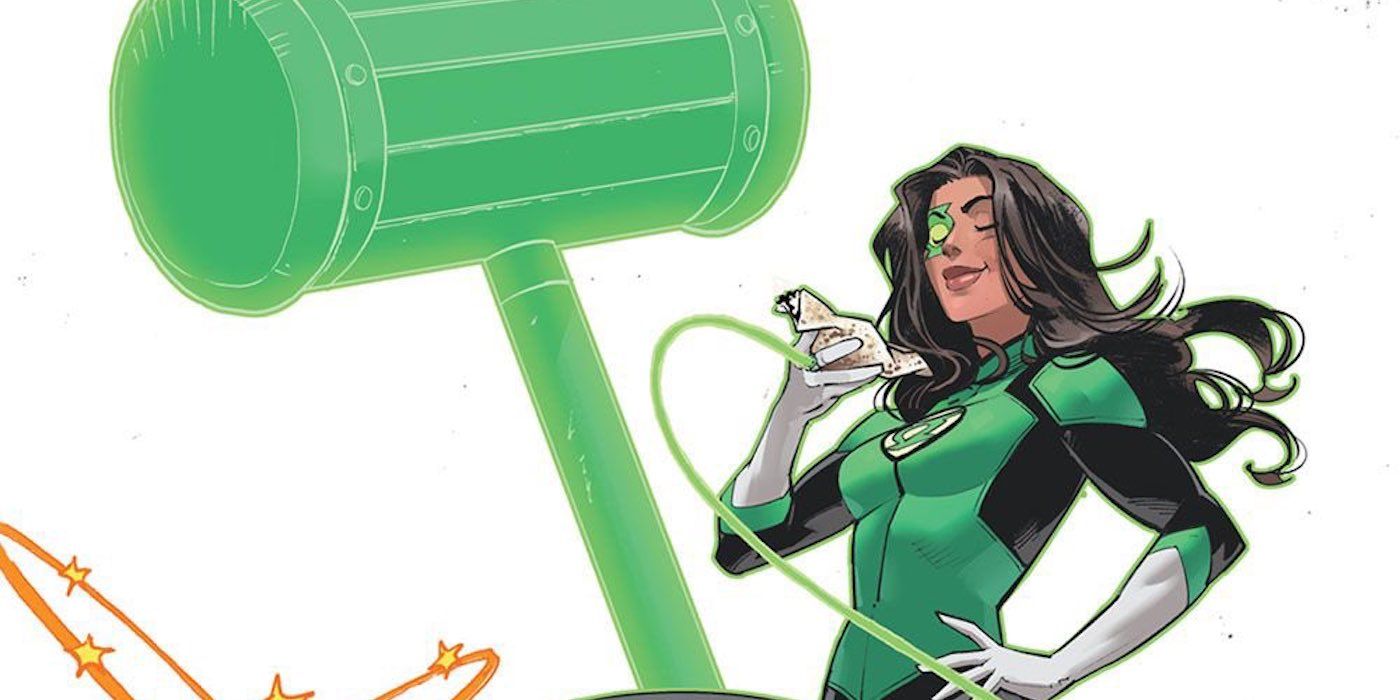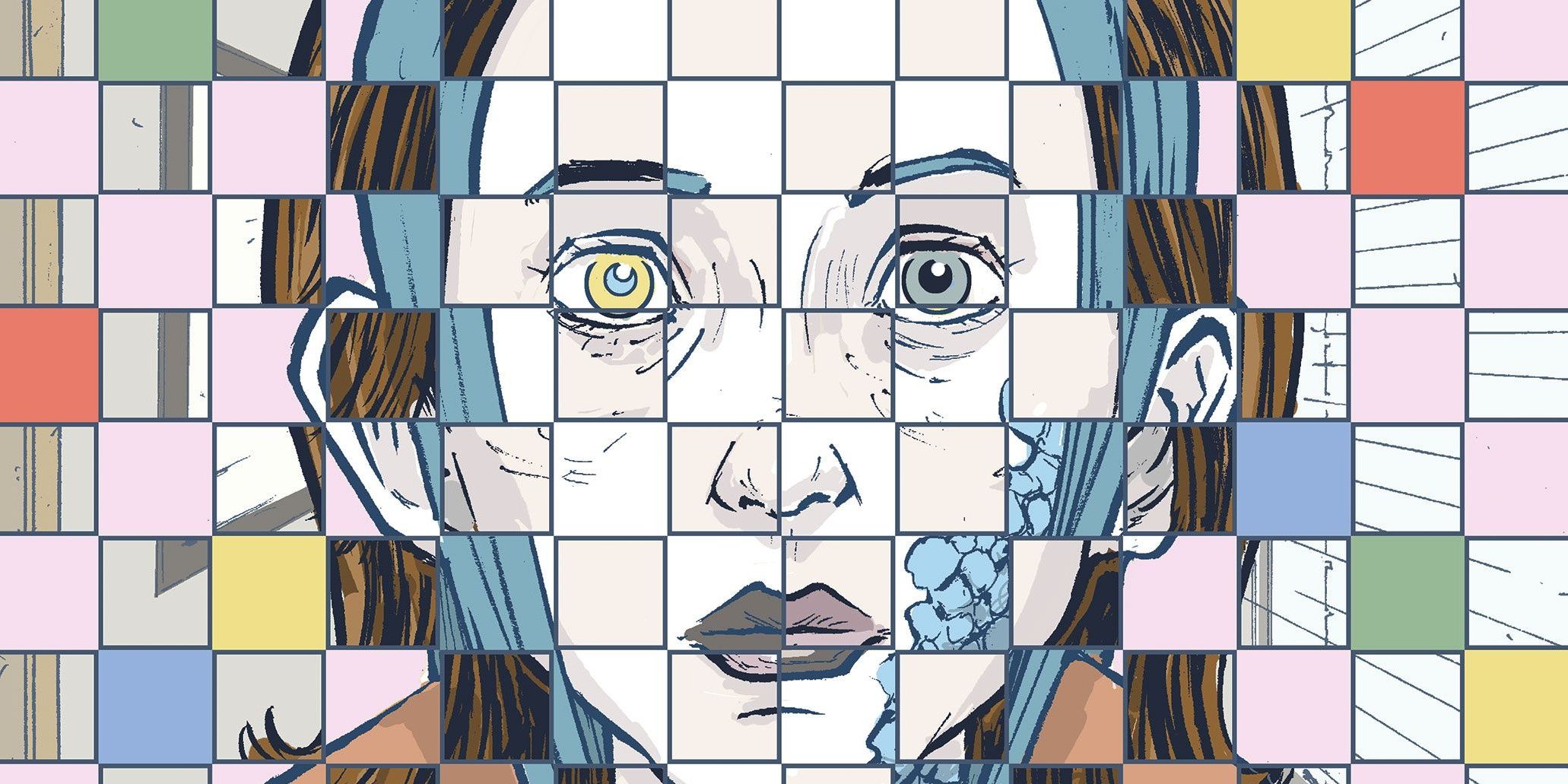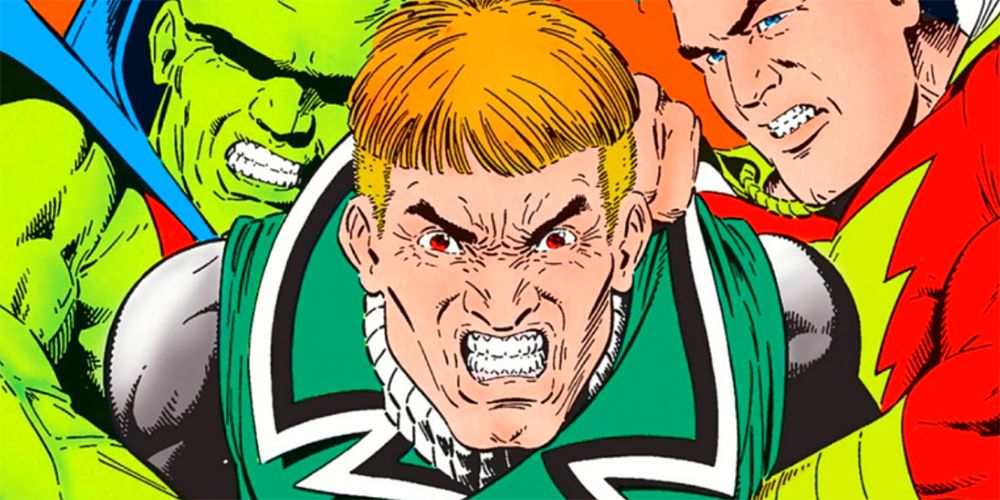Mental health and entertainment had an unhealthy relationship long before DC Comics existed. Psychology is an ever-changing field, constantly adapting and restructuring itself as science uncovers the secrets and nuances of the human mind. Conditions and disorders have traditionally been used to explain away the motivations of villains without adhering to any of the real-world implications. Their behavior is wrong and therefore considered evil without any thought given to whether they were in control of their actions.
As science progresses, general awareness and acceptance of mental health conditions have spread. DC Comics has its share of distasteful representations, but some stories offer a look at more realistic psychology behind popular and powerful characters. Some had traumatic experiences as children, some had pre-existing conditions before they donned capes or cowls, and some just struggled with the time-consuming and often violent nature of life as a super-being. These are some of the most accurate representations of mental health conditions in DC Comics.
10 The Riddler Cannot Control His Compulsion
Obsessive Compulsive Disorder is a condition that has been improperly colloquialized. True OCD consists of both overwhelming obsessions and the uncontrollable compulsions to act on them. It causes problems for a lot of people and is much deeper than just being overly tidy or particular about things.
The Riddler has long displayed traits associated with OCD, but nowhere is this clearer than in Batman #179. Written by Robert Kanigher, with pencils from Sheldon Moldoff and inks by Joe Giella, Nygma laments his pattern of behavior. Here, the Riddler talks about his inability to stop creating riddles, and how leaving them always gets him caught. His compulsion is acting for the sake of action, in the name of the riddles themselves.
9 H-Dials Are Addictive Escapism
H-Dials are artifacts from the Silver Age that can’t seem to be kept down, appearing in some way shape, or form in every DC era. The New 52 series Dial H, created by China Miéville, Mateus Santolouco, and Alberto Ponticelli introduced a new character, Nelson Jent. As in older iterations, dials channel heroes from other worlds, but only temporarily.
When Nelson, a heavy man in his forties with heart problems and few-to-no friends found his H-Dial, he used it as an escape but began to lose himself. Manteau, an older woman and fellow operator, explains dials and dissociation in a way that accurately reflects the ways people lose themselves in real life, from addiction to online disinhibition.
8 Peacemaker Shows Symptoms From The Schizophrenia Spectrum
Schizophrenia is classified as a spectrum related to psychotic disorders, characterized by delusions, hallucinations, and other symptoms. Abnormal neurological development could put someone at risk and severe trauma has been a trigger in many cases. For Christopher Smith, the triggering event was probably watching his father’s suicide.
Peacemaker Volume 2, created by Paul Kupperberg and Tod Smith, sees its titular hero plagued by hallucinations of his abusive Nazi father and driven by the perverse idea of killing indiscriminately to achieve peace. While Smith fights impossible fights, his dead father berates him, and he berates himself. Peacemaker was never super popular, but this series reimagines him as a man alone, battling trauma in an era of intense toxic masculinity.
7 Heat Wave Is A Genuine Pyromaniac
Pyromania is a psychiatric disorder that causes people to set fires intentionally. Many characters in fiction are described as being pyromaniacs, but their characterization rarely goes deeper than loving fire and being evil. Heat Wave is an exception.
In Flash #218, written by Geoff Johns with art by Peter Snejberg, readers witness the tragic creation of a classic rogue. A young Mick Rory stands wide-eyed before a curtain, holding a box of matches as he sets his house on fire, killing his family. His age and the uncontrollable urge visible on his face show a boy who couldn’t help himself, rendering his path to villainy far sadder.
6 Heroes In Crisis Peers Behind Heroes' Masks
Superheroism isn’t an easy job and it exacts a heavy toll. Readers have seen major heroes break down before, but Heroes in Crisis by Tom King and Clay Mann offers a peek behind the curtain. In talking-head style interviews set to be deleted immediately after recording, everyone from Harley Quinn to Arsenal lets themselves to be vulnerable.
Arsenal talks about addiction, Booster Gold talks about his lasting trauma, and Batman tearfully mourns the loss of several Robins. Between the story's mysterious overarching plot is a look at the realistic effects of a lifetime of fighting on the mental health of people who never ask for help.
5 ADHD Is A Sort Of Superpower For Steel
Superman and The Authority, created by Grant Morrison and Mike Janín, deals partly with Natalie Irons’s budding career as Steel. She’s confident, headstrong, brilliant, and has an ADHD diagnosis, which she sees as a sort of superpower. That said, as the daughter of a supervillain and the niece of the original Steel, Natalie is a genius-level engineer who understands the value of focus.
Being a superhero is busy work, especially when Superman’s team is tasked with carefully and quietly protecting the entire planet, but Natalie’s disorder means she's easily bored. When an interruption arises, she is usually eager to deal with it instead of more monotonous tasks.
4 Sandman Shows The Dangers Of Sleep Disorders
Neil Gaiman’s Sandman, like many of his works, reaches through the root systems of mythology, wrenching archaic gods and beliefs into the modern world. Written in the late eighties and early nineties, that world was only just beginning to develop a scientific understanding of mental health and all its components, affectations, and conditions.
Sleep disorders can be detrimental to overall well-being, physical and mental. Sleepy Sickness, while fictional, is an accurate representation of the potential harm of persistent insomnia disorder, hypersomnolence, narcolepsy, and others depending on the particular patient. Dream sees a depressed world and, dealing with his own loss of purpose, feels partly responsible.
3 Jessica Cruz Is A Role-Model For People With Anxiety
Jessica Cruz became a Green Lantern after a grueling struggle to overpower the Ring of Volthoom. The cursed ring, which preys on people’s fears, found her in her apartment where she’d stayed, locked in, for four years after witnessing her friends' murder. Her anxiety kept her from ever leaving.
Eventually, Jessica gained control and, over the course of series like Green Lanterns, she has become a powerful symbol for people with anxiety. While her relationship with fear is intimate enough to earn her a yellow lantern and all its power, the personal doubts that sometimes flood her mind can be debilitating and there’s no simple fix.
2 Eternity Girl Is A Carefully Crafted Representation Of Depression
DC’s Young Animal titles brought humanity back to characters new and forgotten, often focusing just as much on internal conflicts as universe-threatening ones. Magdalene Visaggio and Sonny Liew’s Eternity Girl is no exception, focusing primarily on one hero’s stagnant and unexpected life following what should have been a final battle.
Caroline’s struggles with depression all but consume her, impacting her mundane attempts at an office job, her attitude toward her heroic past, and her relationships with her friends and herself. As a shape-shifter, she spends so much energy to appear “as herself,” and the world keeps asking if she’s okay. Her journey is a reminder that it’s okay to not be okay and a carefully constructed depiction of depression.
1 Brain Damage Changed Guy Gardner
Guy Gardner is the football-playing Green Lantern fans and heroes love to hate. He’s rude, loud, and prone to fits of rage. Some fans have pointed out his commonalities with professional athletes living with head trauma. Others, who’ve read Guy’s earliest appearances, draw parallels with famous cases like Phineas Gage or even Henry VIII, who changed drastically after brain injuries.
Guy’s second appearance, in Green Lantern #116, written by Dennis O’Neil with pencils by Alex Saviuk and inks by Dave Hunt, didn’t end well. A power-battery explosion trapped him in the Phantom Zone for a few years, causing brain damage. Guy, a friendly and accomplished academic, athlete, and teacher, underwent radical personality changes similar to those associated with traumatic brain injuries.

